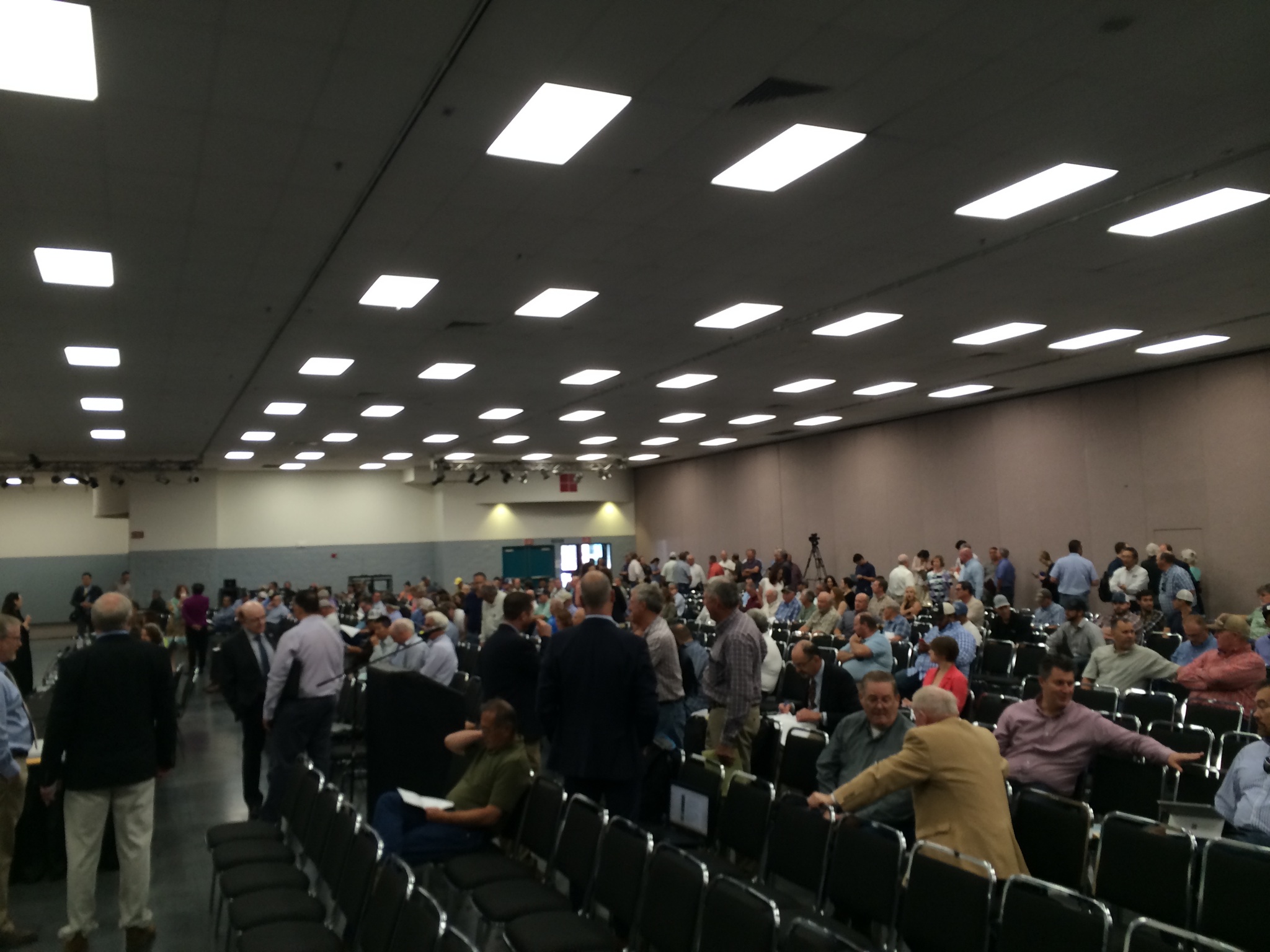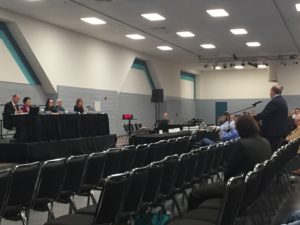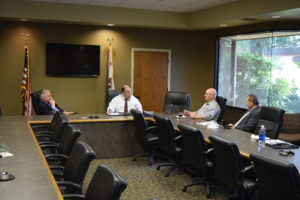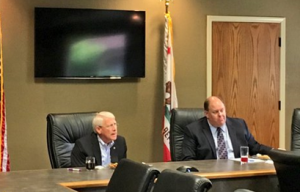On June 6, 2016, the U.S. Department of Agriculture (USDA) launched the Cotton Ginning Cost Share (CGCS) program, providing cost share assistance payments to cotton producers to expand and maintain the domestic marketing of cotton. Through the Cotton Ginning Cost Share program, eligible producers can receive a one-time cost share payment, which is based on a producer’s
2015 cotton acres reported to FSA multiplied by 40 percent of the average ginning cost for each production region. The regional payment rates are
$47.44 for the Southeast, $56.26 for the Mid-South, $36.97 for the Southwest and $97.41 for the West. The average assistance to cotton producers from the program is estimated to be about $4,200 per farm or $8,100 per producer on average. For comparison, the 2014 Cotton Transition Assistance Program
(CTAP) provided about $2,600 per farm or $5,200 per producer on average.
Since 2011, cotton fiber markets have experienced dramatic changes. As a result of poor U.S. market conditions for cotton and, in part, as a result of a large amount of excess stocks of cotton held in China, cotton producers are facing economic uncertainty that has led to many producers having lost equity and having been forced to liquidate equipment and land to satisfy loans. The ginning of cotton is necessary prior to marketing the lint for fiber or the seed for oil or feed. While the Cotton Ginning Cost Share program makes payments to cotton producers for anticipated cotton ginning costs, the benefits of the program will be felt by the broader marketing chain associated with cotton and cottonseed, including cotton gins, cooperatives, marketers and cottonseed crushers and the rural communities that depend on them.
Signup for the program will begin June 20 and run through Aug. 5, 2016 at your local FSA office. Payments will be processed as applications are received and are expected to begin in July.
For more information, contact Kent Politsch:
Kent.Politsch@wdc.usda.gov; 202-720-7163.



